Ford is Improving Its FM Radio With Dual Recievers

Ford has come up with a new way to get clearer FM radio signal: two receptors.
The system, which will debut on the 2017 Escape and Fusion, uses the rear window heater grid as a second antenna, allowing the vehicle to choose from multiple signals on the same frequency, depending on which is stronger.
“With dual antennas, the broadcast transitions seamlessly. No spits or wisps, and no hearing two radio stations at the same time,” said Andy Adrian, Ford antenna and reception engineer. “The system delivers the clean, high-quality sound you expect from a Ford vehicle.”
SEE ALSO: Ford Pickups Get New STX Style Package
Ford says this technology should also help with listening to the radio while travelling long distance. The brand offers the example of driving from Chicago to Detroit, where somewhere in the middle the radio stations will become weak when two signals cross over. With Ford’s new radio system, the brand claims there will be no interference at all.
Discuss this story at our Ford Forum

Stephen covers all of the day-to-day events of the industry as the News Editor at AutoGuide, along with being the AG truck expert. His truck knowledge comes from working long days on the woodlot with pickups and driving straight trucks professionally. When not at his desk, Steve can be found playing his bass or riding his snowmobile or Sea-Doo. Find Stephen on <A title="@Selmer07 on Twitter" href="http://www.twitter.com/selmer07">Twitter</A> and <A title="Stephen on Google+" href="http://plus.google.com/117833131531784822251?rel=author">Google+</A>
More by Stephen Elmer



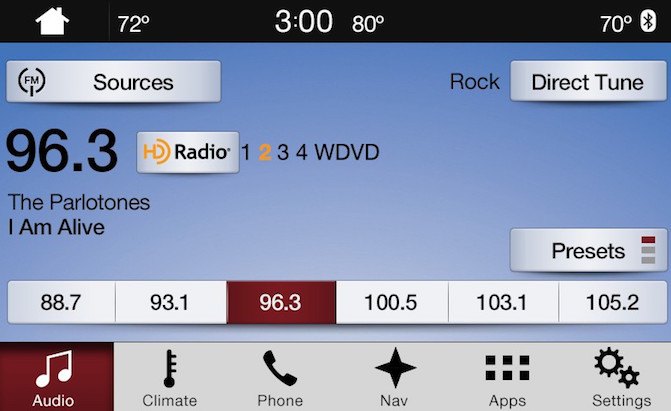





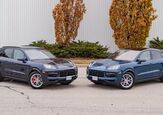
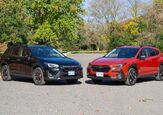





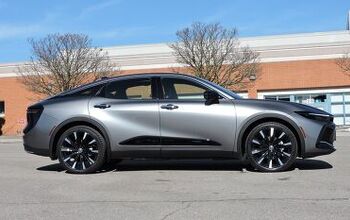





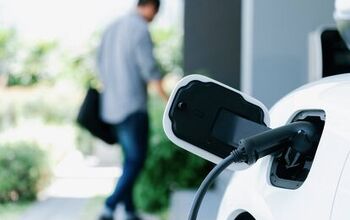
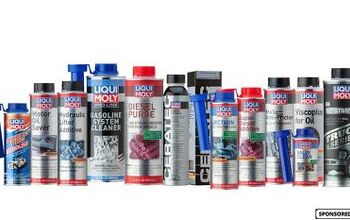

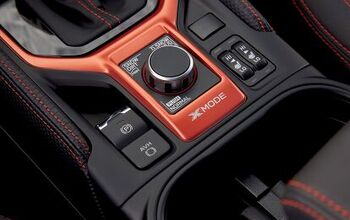






Comments
Join the conversation
This whole article is garbage. First, two antennas are not the same as two receivers; "receiver" refers to the electronic components and circuits inside the radio portion. Second, radio stations don't become weak when two signals "cross over;" they become weak when they are blocked by an obstruction or when you're too far away. Third, the type of interference they're referring to occurs because you're in a location where two stations have similar (weak) signal strength. Two antennas *might* help if one of them has a less-obstructed "look" at one of the signals and the signal is strong enough for clear reception. Fourth, the performance of an antenna is measured by what's called "gain," which can be thought of as amplification. Window grid antennas are notorious for having poor gain, especially if they are dual-purpose structures like being a heater grid. Finally, this is not new technology--Ford is hyping old ideas, and the author is drinking it up like Kool-Aid. And BTW, it's not Reciever, it's Receiver.